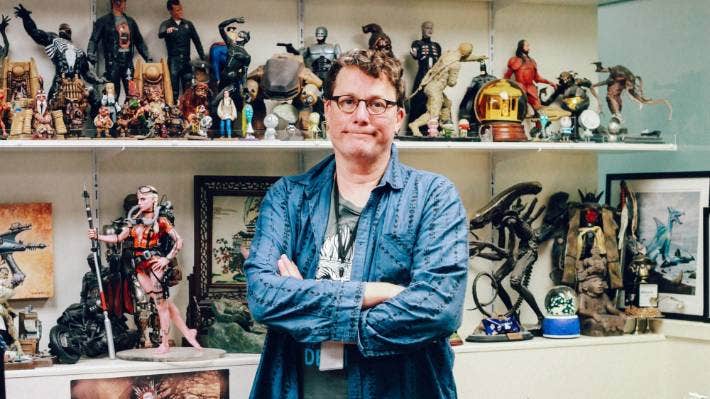This article has been co-written with Mike Styles who is a dyslexia consultant. You can email him at: Mike.styles@dyslexia-consulting.com and was originally published by Stuff. The original version of the article makes reference to Britten Institute, which has since been disestablished.
The old adage “great minds think alike” is just that – an old adage. Having a workplace filled with people who think alike is a recipe for more of the same, but a 21st-century, the post-Covid world calls for difference, not the institutional safety of uniformity.
The drum about being inclusive and using all the skills of a diverse workforce has been beating for some time now. The case has been well made about the value of including women at all levels in workplaces.
Yes, there is some way to go, but progressive employers will be ensuring that the full potential of women is recognised, at the management and board levels and elsewhere.
Progress on racial equality and bicultural inclusion is equally important. These are not issues confined to New Zealand. They resonate worldwide. Issues of diversity, equity, and inclusion have been exercising the sharpest minds. They even have their own acronym (DEI).

There is one area of diversity, equity, and inclusion that New Zealand is falling behind in, and that is provisions for the “cognitively diverse” – which is “consultant speak” for those people who “think differently”.
In a layperson’s language, these are neurodiverse people. The most common group of neurodiverse people are those people with dyslexia. There is a strong value proposition for making the effort to understand and include this group – who make up at least 10 percent of the population. It is not just the right thing to do – it is good for business. Most importantly, they could include your most talented and creative staff members.
“Making the best of a diverse workforce is much more than ticking the box. In the words of The Economist, “You can’t just add a couple of diverse fish. You actually need to change the water in the pond.“
Sadly, many don’t make it to the workforce and those who do make it are often underemployed in the workplace.
Making the best of a diverse workforce is much more than ticking the box. In the words of The Economist, “You can’t just add a couple of diverse fish. You actually need to change the water in the pond.”
Before you congratulate yourself on having embraced all the diversity and inclusion capacity of your workforce, ask yourself a few questions:
- How many neurodiverse employees are there in your workplace?
- Do you have a way of knowing?
- Would they self-identify – or are they hiding in the shadows for fear of ridicule because they do not communicate well on paper?
- Does your workplace have a way of using the alternative thinking styles of neurodiverse staff or are they an inconvenience?
Happily, the world for neurodiverse/dyslexic people is changing, and enlightened education organisations are meeting the needs of people who think differently.

The United Kingdom is leading the charge and reaping the rewards. With the right support, neurodiverse learners are achieving at the highest level. The UK government has accepted that maximum productivity cannot be achieved if a tenth of the workforce is underemployed.
The ultimate motivation to include the “cognitively diverse” is that the workforce of the future is likely to demand the skills they bring to the table.
- Solving the challenges of the future will require different mindsets to the ones that got us to the current situation.
- Neurodiverse people are known to be innovative, creative thinkers, who can imagine worlds that formally educated people cannot.
- In a world of complex inter-related problems, we need truly diverse minds that are able to break through commonly held assumptions.
There are standout success stories of neurodiverse people in New Zealand, but their success is in spite of the environment – not because of it.
John Britten and Sir Richard Taylor have achieved success, but they are exceptions, and no consideration has been given to the pain or adversity they endured to get to where they got to.
“The great successes take no account of the many who have been sidelined in the workplace. A goal for workplaces for 2021 could be to create a workplace where cognitively different people can thrive. “
A better way forward is to establish a culture where cognitive difference is accepted in the workplace as well as in the community, and diversity of thought is valued, not stigmatised.
The great successes take no account of the many who have been sidelined in the workplace. A goal for workplaces for 2021 could be to create a workplace where cognitively different people can thrive.
The last word goes to the Harvard Business Review: “The neurodiverse population remains a largely untapped talent pool. Unemployment runs as high as 80 percent (this figure includes people with more severe disorders, who are not candidates for neurodiversity programs). When they are working, even highly capable neurodiverse people are often underemployed.”



